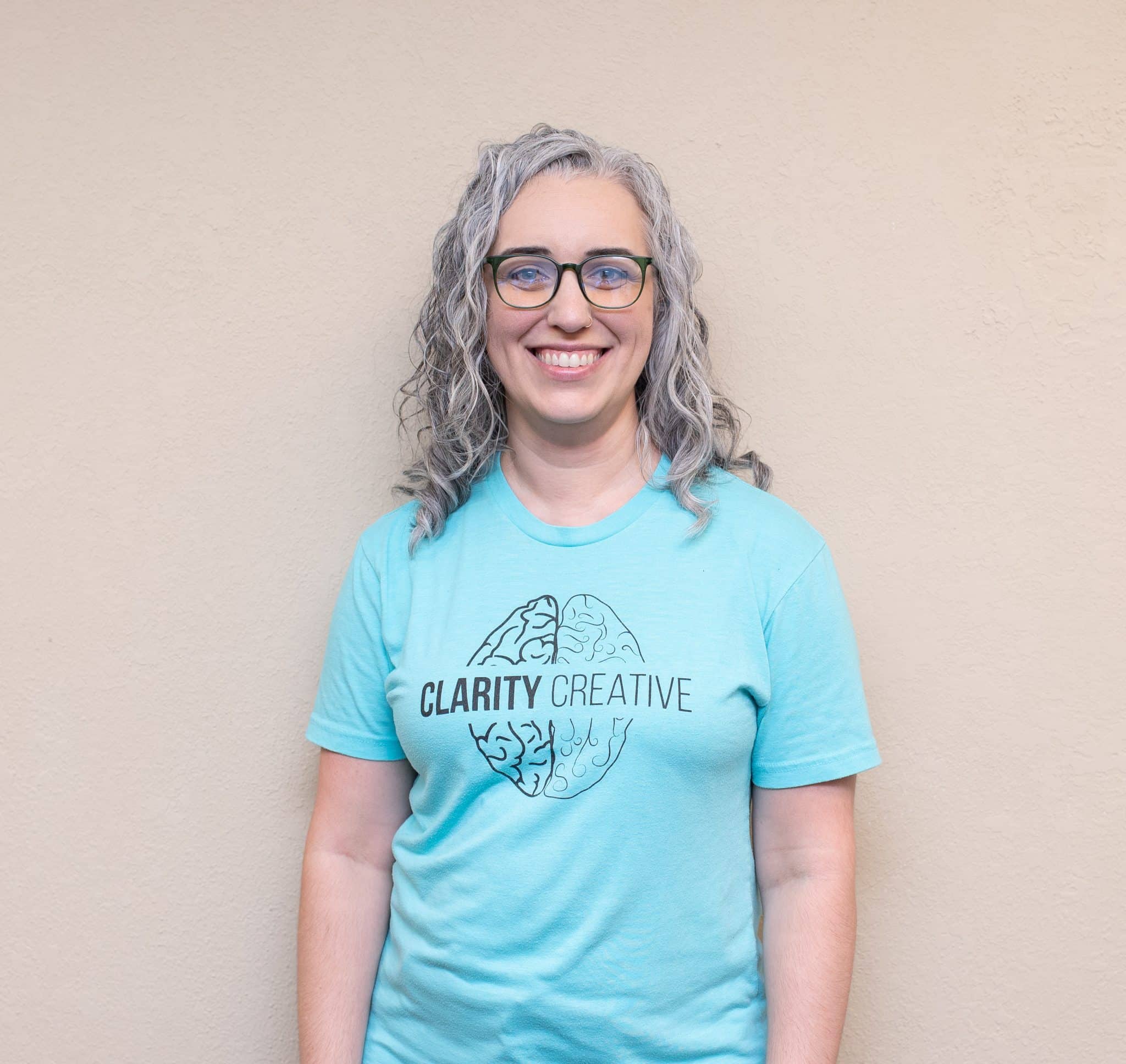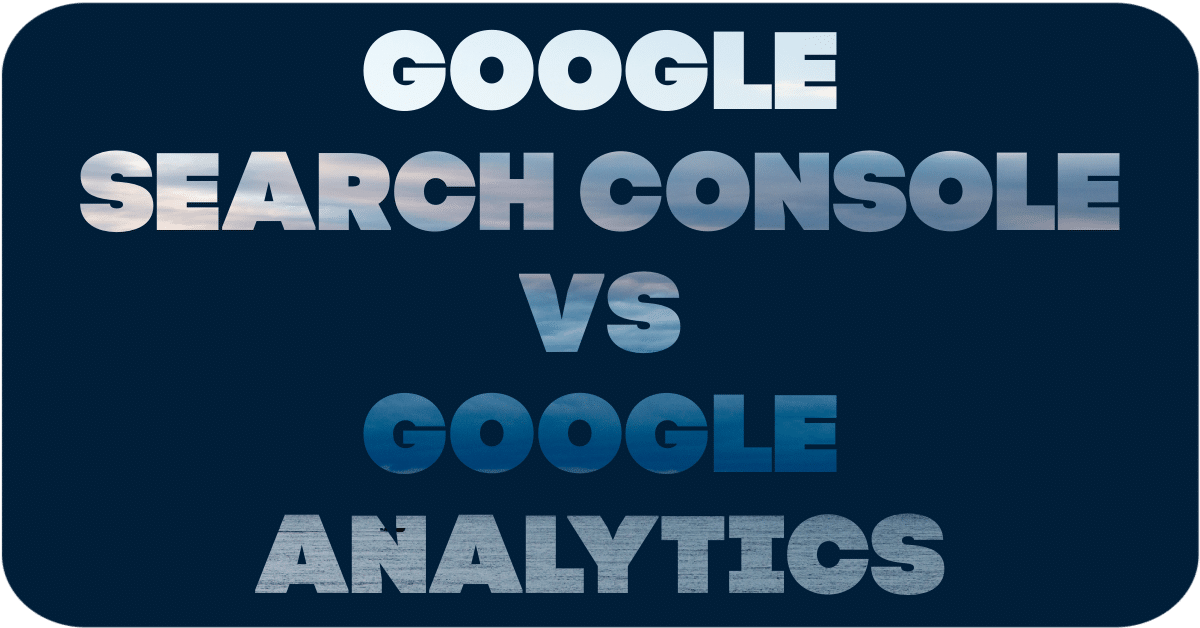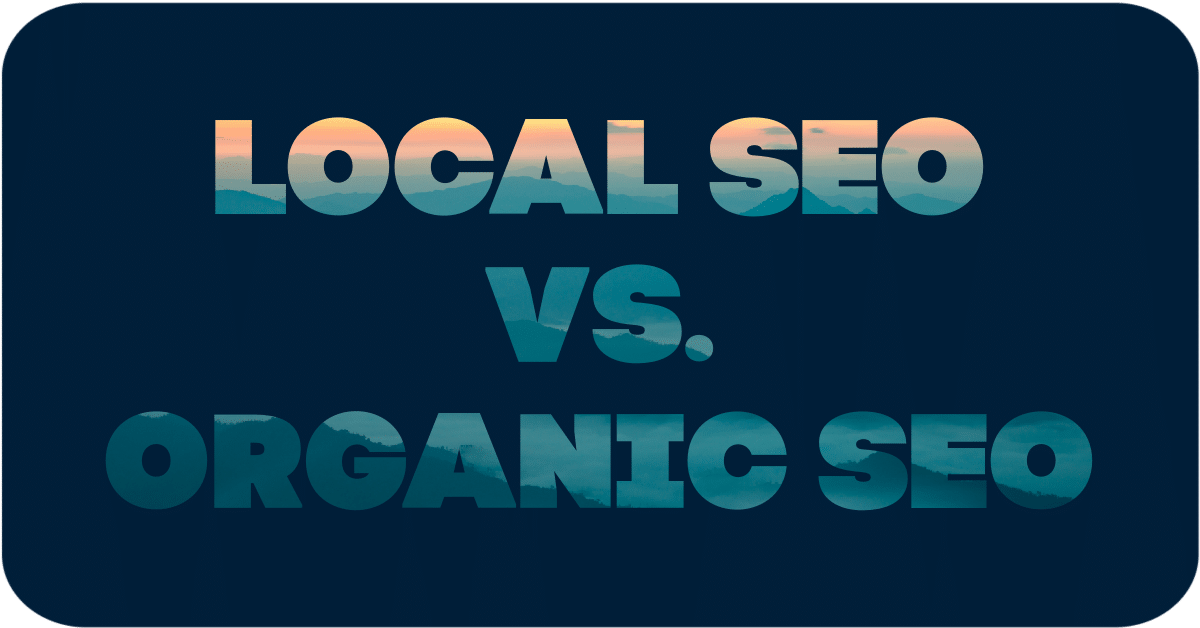You know a bad website when you see one.
Outdated graphics, site visit counters, and long load times are just some of the many things that scream “Unprofessional site!” But it begs the question: what makes a good website?
If a site is nice to look at and easy to navigate, is that enough?
At Clarity, we don’t think so.
We’ve been talking a lot about our CLEAR process lately (mostly because we just came up with the clever acronym for it), and one of the most important steps (some could argue that it’s the most important step) is the “A”: Analyzing our work.
What Makes a Good Website?

Tolstoy once said, “All happy families are alike; each unhappy family is unhappy in its own way.” But websites don’t work like families; good websites aren’t all alike.
Fortunately, there is one method that you can apply to any website to find out if it’s “good.” Ready? Ask yourself, “Does this [insert digital product here] do what it’s supposed to?”
It’s not an easy method, but it’s a pretty straightforward one. When evaluating whether a website, Adwords campaign, or blog post really merited the money you spent, you first have to figure out what you expected to get out of it.
Were you trying to improve your user experience? Increase leads? Gain new email subscribers? There was a reason you felt that you needed a new website (or what have you) in the first place. You’ll know you’ve succeeded if that product or service gave you what you needed. That’s what makes a good website.
Say Hello, and Let's Get To Work Together
Analyzing the Results

At Clarity, we’re big on numbers and provable results. (We also like tech tools, Thai food, and trivia, but that’s another blog post altogether.)
Whenever we perform a service for a client that can be measured, we measure it. We check site visitors, bounce rates, conversion, queries, quotes, and income. In short, we figure out what worked, why it worked, and whether we can do it again.
We like to think of our websites as icebergs (no, not because we sank the Titanic). You already know that, if you see an iceberg floating in the open ocean somewhere, you’re only seeing a small percentage of that iceberg. The bulk of it is beneath the surface.
Your website is just like that. There’s the part that you see (the website itself) and the part that you don’t see (the marketing campaigns, the keyword research, the Analytics reports). And just like with the iceberg, it’s the part you don’t see that makes up the bulk of the work.
Sure, all this analyzing takes longer than just throwing you an invoice and walking away (Bye, Felicia!), but it’s a step worth taking. Why?
Because it’s a step that builds your business rather than leaves it stagnant. And if we can prove to you that we helped you—we did, not some crazy coincidence—then we’ll see you again. (We want you to stick around; we love our long-time clients!)
Conclusion
Ultimately, what makes a good website is what you put into it. Putting the minimal amount of effort will give you a minimally “okay” site. But taking the time to find out what makes your site/business/customers tick will give you something you can be proud of.
Clarity Creative Group is a digital marketing company located in beautiful Orlando, Florida. That Tolstoy quote is the opening line from Anna Karenina. Just FYI.
Save
Save
Save







